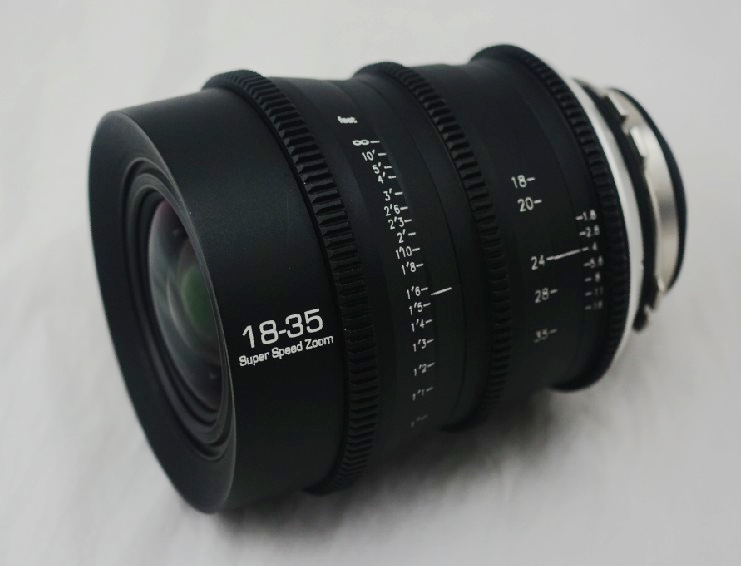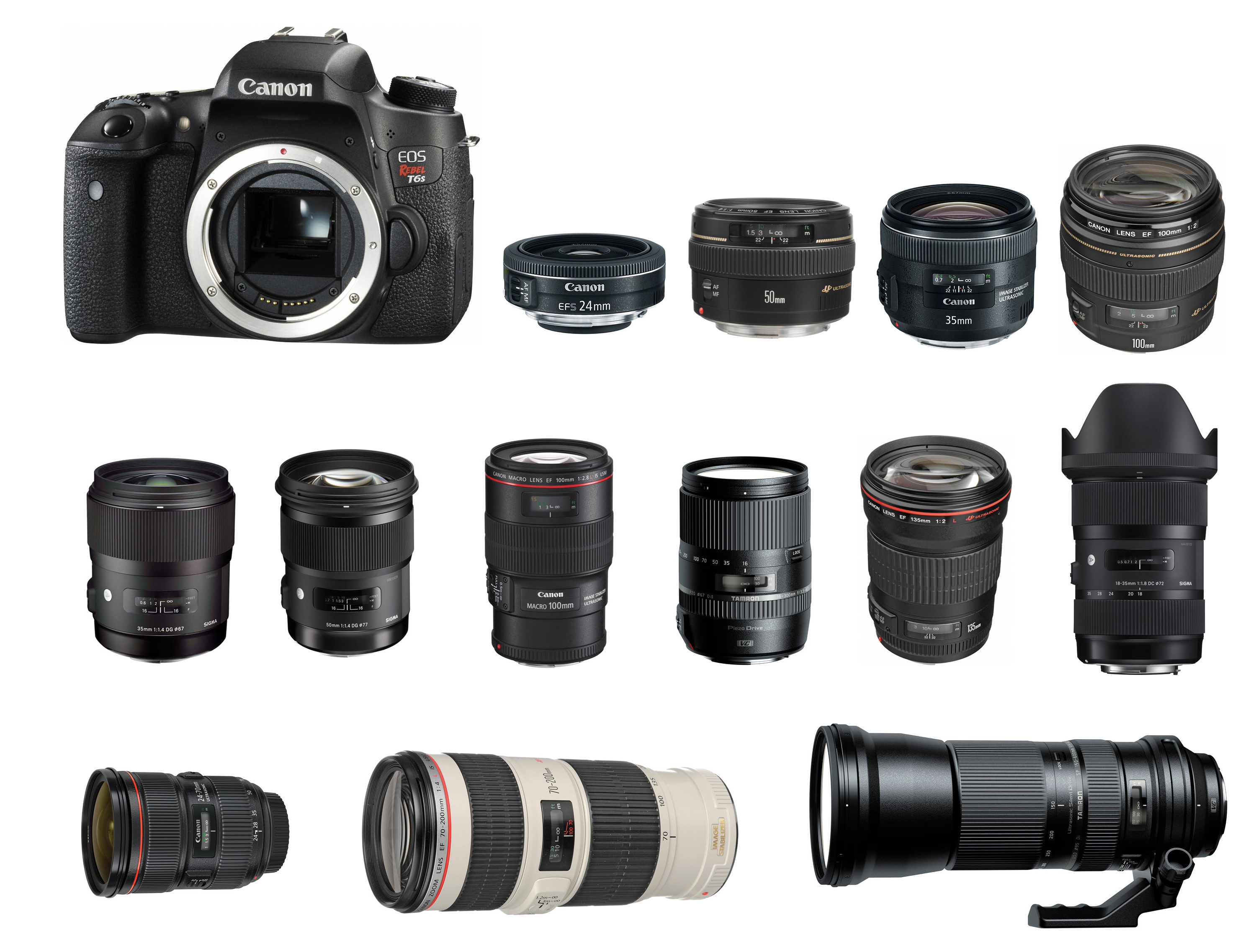


The majority of the best DSLR lenses in the world (i.e., the ones on our list) are intended for cameras with full-frame sensors. Fortunately for all of us, this is pretty simple when you get down to it.įortunately for all of us, this is pretty simple when you get down to it. It’s called the crop factor because it refers to the amount of an image that gets cropped out when the certain lenses go on certain cameras. If you’re unfamiliar with the term, crop factor has less to do with how much of your cornfields you can spare to build a baseball field capable of resurrecting the ghosts of long-dead ball players than it does with the amount of light a lens is intended to direct onto your camera’s sensor.
#SIGMA 18 35 T6I REVIEW UPGRADE#
If you want to take your photo game to the next level, you’re going to have to upgrade from that inferior glass. The images they help you capture will immediately seem better than what your point-and-shoot camera or your phone could grab, but that’s mainly because of the better sensor and processing power built into most modern interchangeable lens cameras. Kit lenses are often short zooms made as cheaply as the manufacturer can make them without seeming too much like a jerk.
#SIGMA 18 35 T6I REVIEW FREE#
It turns out that the problem with a free belt is much the same as one of the problems with a free lens: it just doesn’t look that good.
#SIGMA 18 35 T6I REVIEW FOR FREE#
You’re not entirely sure why the company gave it to you - apparently for free - but it holds the pants up, so you’ll use it for now. A kit lens is like a belt that comes with a pair of pants.

Most shooters, though, whether they start out with Canon, Nikon, or another brand entirely, will begin their shooting careers with what are commonly called kit lenses. It turns out you chose wisely, as Nikon, while a significant competitor against Canon when comparing stills, can’t match them for video, meaning that you invested in a more comprehensive system. If you’re reading this, then there’s a good chance you chose Canon, seeing as how their lenses are the only ones that populate our list here. If you want to capture the best possible stills and video that your camera can provide, and you want to do so while exclusively using lenses made for that system, you still have to choose between Nikon and Canon. They've also proven to have the potential to become very serious video options, and as of late 2018, Canon has officially thrown their hat in the ring with a pair of full-frame mirrorless bodies. Mirrorless systems, on the other hand, have given street shooters a quiet and inconspicuous means of capturing high-quality images. Action cams, for example, have filled a hole in the market that was calling for smaller, more rugged cameras capable of capturing video in a plethora of unforgiving environments. While a handful of players have made splashes in the realms of photography and videography in recent years, many of those gains are in specialized sub-sectors of the industry.


 0 kommentar(er)
0 kommentar(er)
